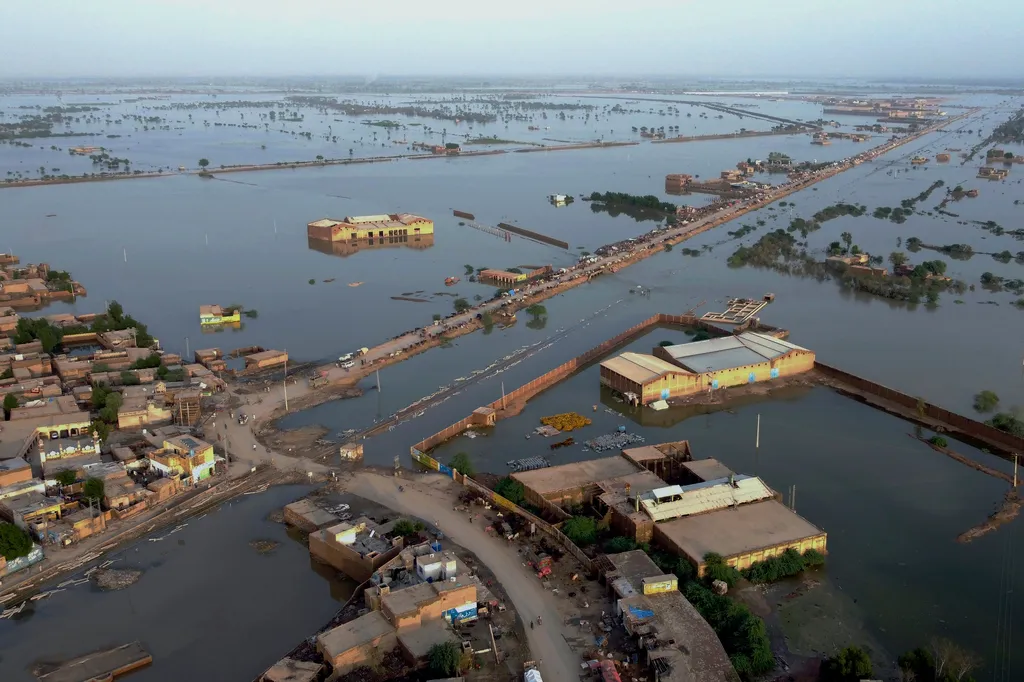The South Asian monsoon, a vital lifeline for 2 billion people, has become increasingly erratic and intense, with profound implications for the region’s agriculture sector and investors. The recent record-breaking cloudbursts in the Himalayas have underscored the growing vulnerability of countries like Pakistan to climate change, with the agriculture sector bearing the brunt of these extreme weather events.
The repeated floods have devastated Pakistan’s agricultural heartlands, particularly the provinces of Punjab and Sindh. The Indus River, the backbone of the country’s irrigation system, has swollen beyond its banks, inundating vast expanses of farmland. The floods have destroyed crops, washed away fertile topsoil, and damaged irrigation infrastructure, including roads, bridges, and flood defenses. The loss of crops worth billions of dollars has significant implications for food security and the livelihoods of millions of farmers.
The agriculture sector, which employs nearly a third of Pakistan’s workforce and contributes over a fifth of its GDP, is particularly susceptible to these climate shocks. The sector’s vulnerability is exacerbated by its heavy reliance on rain-fed agriculture and the lack of adequate flood management infrastructure. The repeated floods have not only led to immediate losses but also long-term damage to the productivity of the land. The inundation of farmland with saltwater, for instance, can render soil infertile for years, further undermining the sector’s resilience.
For investors, the situation presents a complex landscape of risks and opportunities. On one hand, the increasing frequency and intensity of extreme weather events pose significant risks to agricultural investments. The destruction of crops and infrastructure can lead to substantial financial losses, while the uncertainty about future weather patterns makes long-term planning challenging. The vulnerability of the agriculture sector also has broader economic implications, affecting everything from food prices to employment rates, which can impact other sectors of the economy.
On the other hand, the growing climate challenges also create opportunities for investment in climate-resilient agriculture and infrastructure. There is a pressing need for innovative solutions to help farmers adapt to the changing climate, such as drought-resistant crops, improved irrigation techniques, and better flood management systems. Investments in these areas can not only help mitigate the impacts of climate change but also create new economic opportunities.
Moreover, the repeated floods have highlighted the urgent need for improved early warning systems and disaster management strategies. Investments in these areas can help reduce the human and economic toll of future disasters, making the region more resilient to climate change.
In conclusion, the increasing intensity of the South Asian monsoon presents significant challenges for the region’s agriculture sector and investors. While the risks are substantial, so too are the opportunities for innovation and adaptation. The key will be to balance immediate needs with long-term strategies, ensuring that the region’s agriculture sector can weather the storms ahead.

